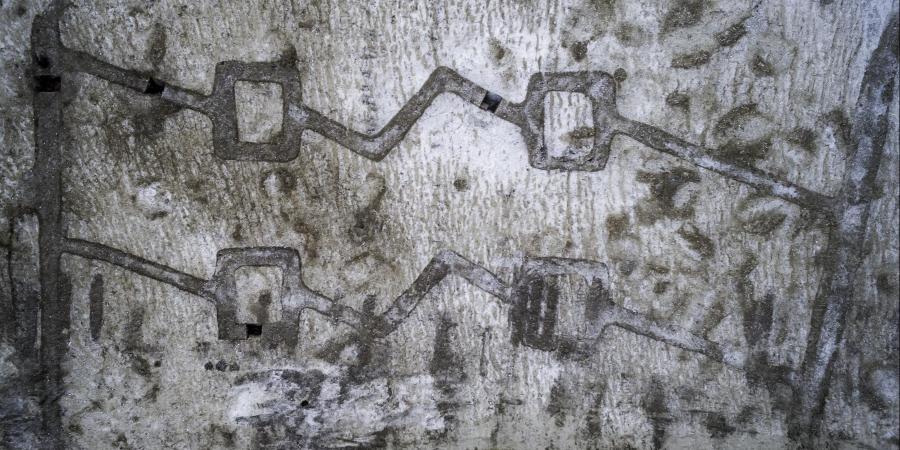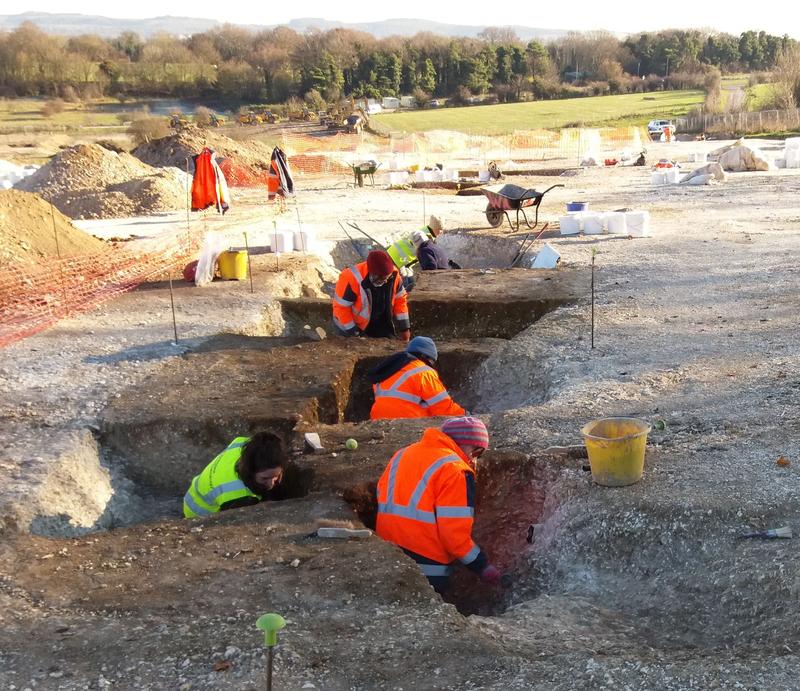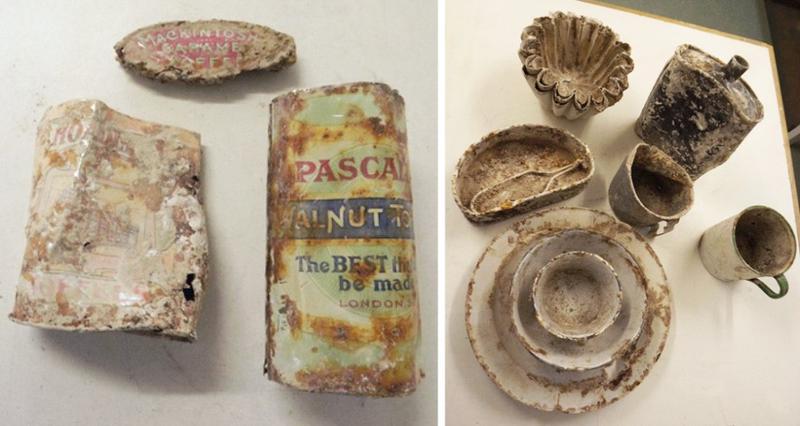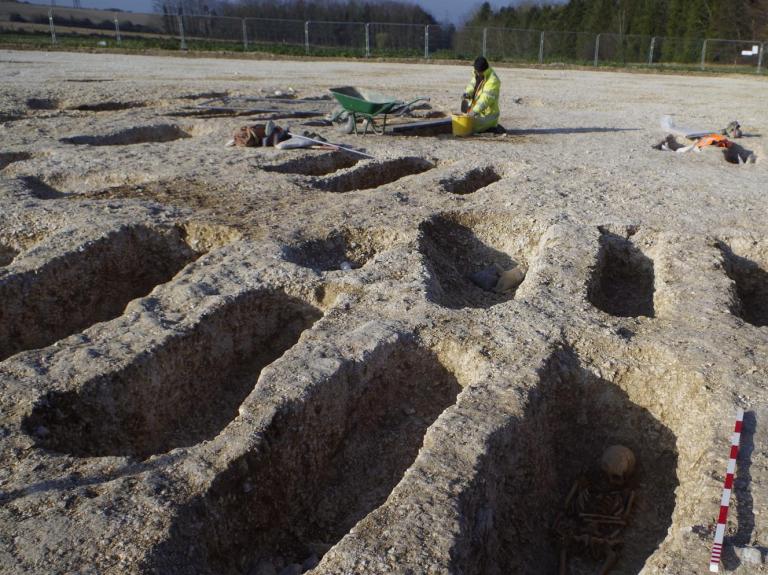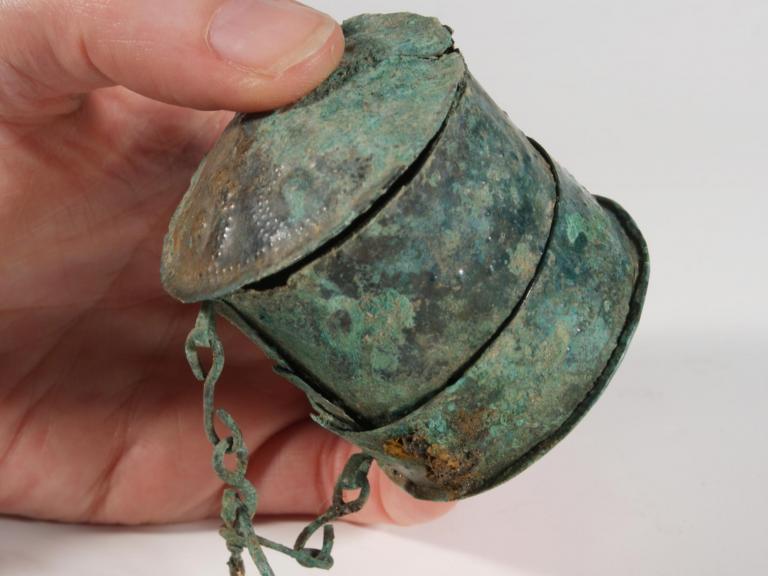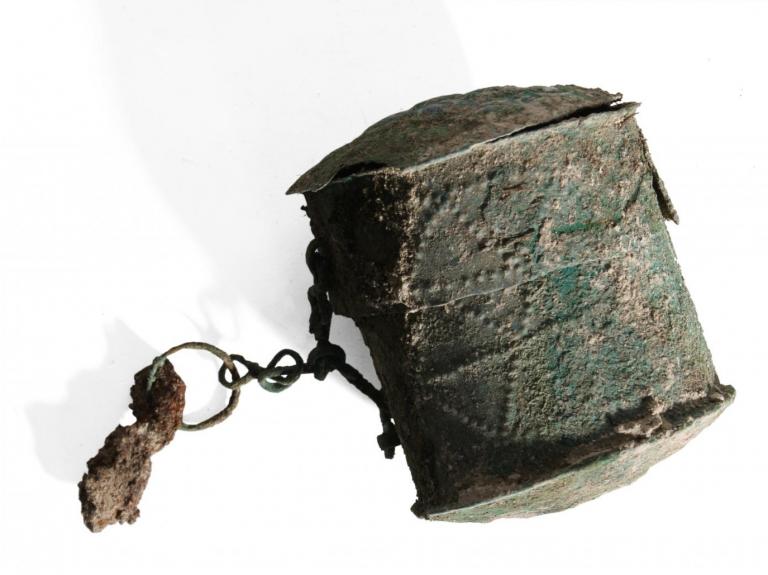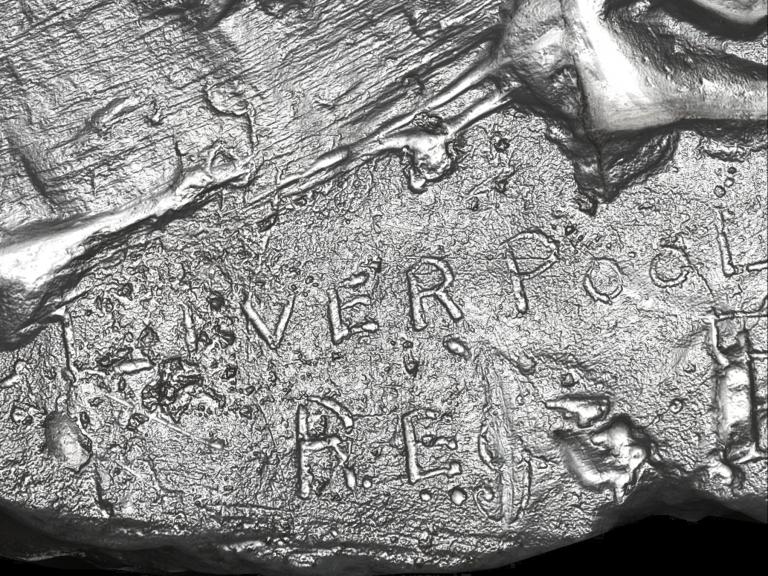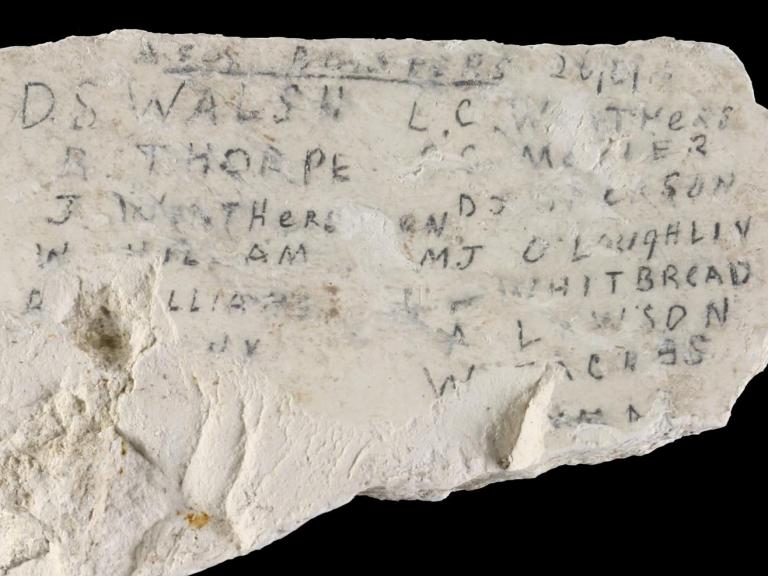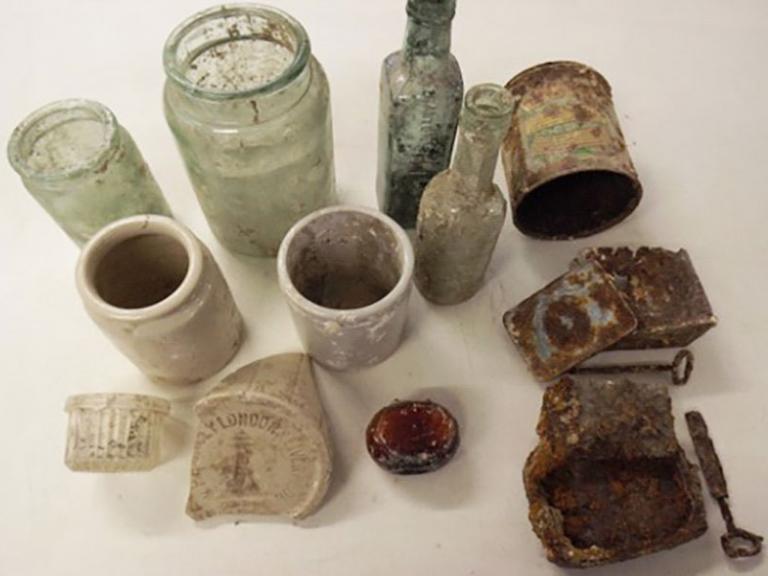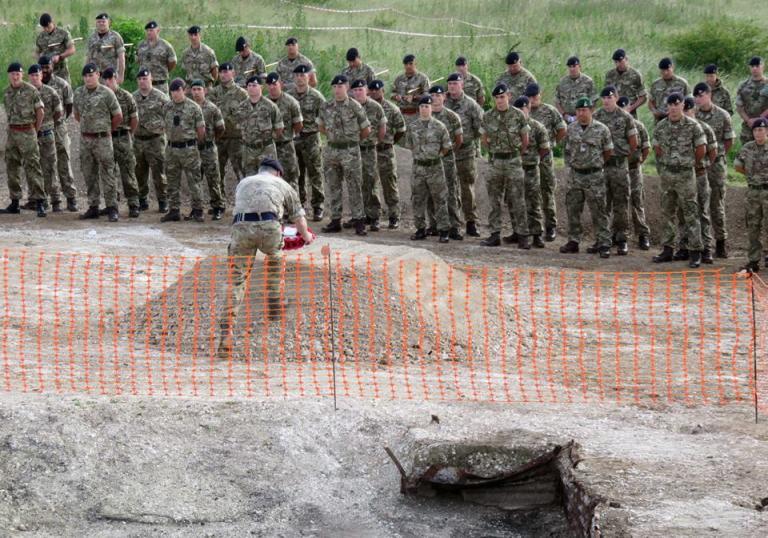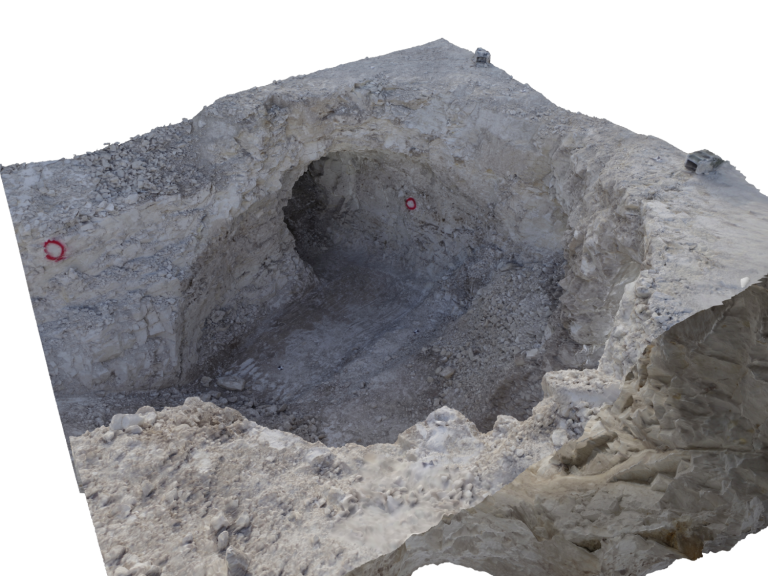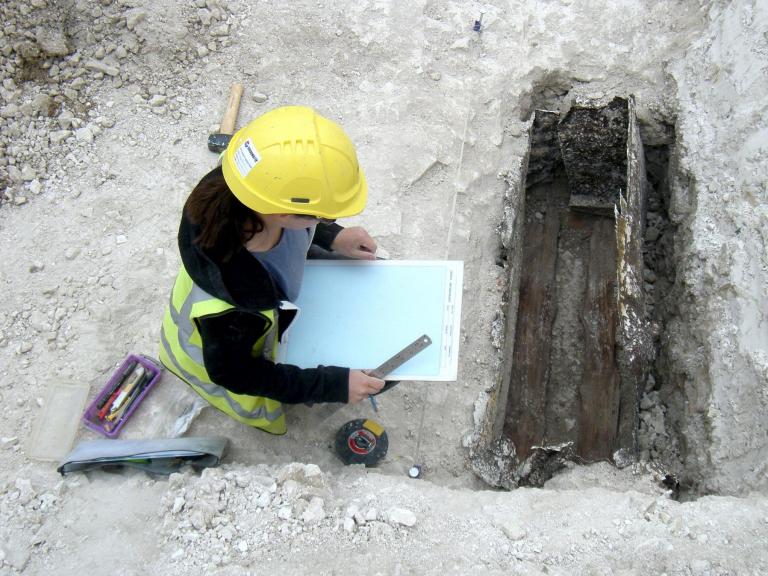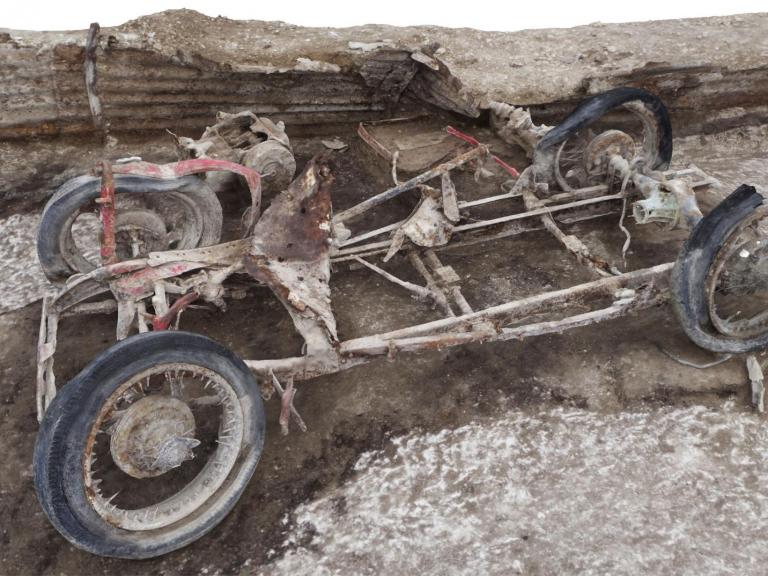The Ministry of Defence earmarked land at Larkhill, less than one kilometre north-west of Durrington Walls and three kilometres north-east of Stonehenge, for new housing as part of the Army Basing Programme. Defence Infrastructure Organisation and its consultants WYG employed Wessex Archaeology to investigate the archaeological potential of the area - previously thought to be free of significant archaeological remains - before building work began.
Among a wealth of archaeology, the evaluation trenching revealed a Wessex Linear and other ditches which were considered to be parts of later Bronze Age and Iron Age field systems; an undated unaccompanied inhumation burial; a sub-rectangular Iron Age enclosure; lynchets and terraces of probable Romano-British date; and military remains.
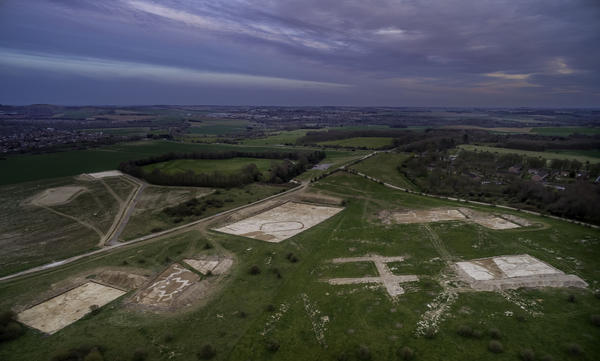
Image captured by Rob Rawcliffe of FIDES Flare Media Ltd.
These results were of sufficient interest and in an area of sufficient archaeological sensitivity for Wiltshire Council Archaeology Service to require full excavation of the area. Stripping commenced in July 2016.
Excavation revealed an Early Neolithic causewayed enclosure, Beaker inhumation burials, a Middle Bronze Age cremation cemetery, a very small ring-ditch, and the extensive remains of military practice trench systems, mainly from World War I.
Associated News Links
Causewayed enclosure
The most notable prehistoric discovery at Larkhill was an Early Neolithic Causewayed Enclosure approximately 210 metres in diameter. A series of seven ditch segments against the site’s southern boundary formed 117 metres of the enclosure’s arc.
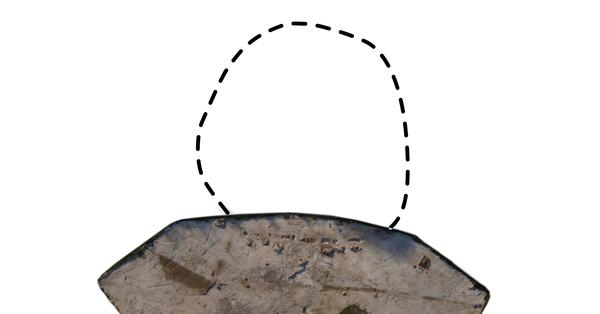
Original image captured by Rob Rawcliffe of FIDES Flare Media Ltd.
The two easternmost ditch segments were separated by an unusually wide causeway of 13.5 metres, which may have been an entrance. Placed centrally within this gap was a shallow oval stepped pit containing Early Neolithic pottery.
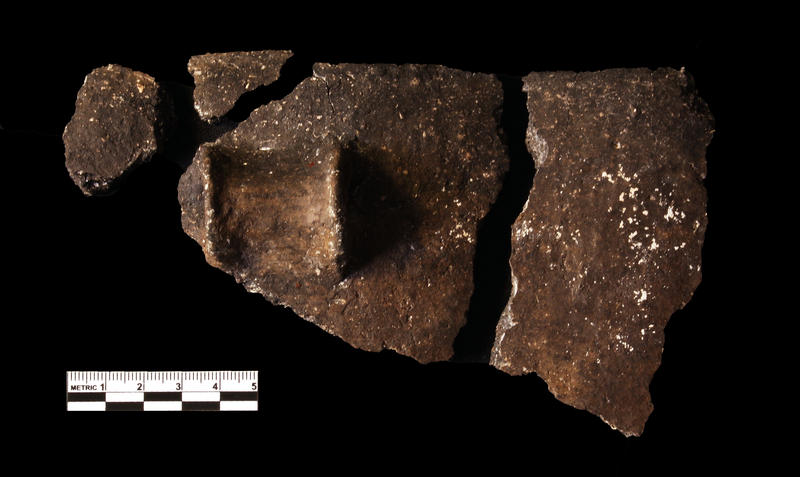 Pottery of south-western type from the enlcosure ditch
Pottery of south-western type from the enlcosure ditch
Other ditch segments contained pottery of various types. The primary fills contained fragments of Decorated Bowl pottery, most of which were of a stylistically local type (Windmill Hill ware), but which also included forms that were more typical of the south-west peninsula (Hembury ware).
Only a single line of ditch segments was encountered. Since many Causewayed Enclosures consist of multiple circuits of ditch one inside the other, further arcs may exist inside the area defined by the excavated segments (there are none outside it, on the north side at least). The projected diameter (210 meters) compares well with that of the well-known Causewayed Enclosure at Robin Hood’s Ball, four kilometres to the west-north-west, perhaps suggesting that an inner ditch circuit could be expected.
The enclosure and its associated features represent a major new discovery in the Stonehenge landscape. It sits just below the brow of the low hill occupied by Larkhill Camp, commanding broad views to the north-east across the valley of the river Avon towards Barrow Clump and Sidbury. While most of the enclosure remains uninvestigated within the camp, projections of its size suggest that its entire circuit lies on the northern side of the hill, and therefore looks out across the Avon valley rather than south and south-west towards Stonehenge, adding a very significant architectural element to the Early Neolithic landscape north of the WHS.
WWI discoveries
Excavations at Larkhill revealed a large array of WWI practise trenches. This complex of trenches and tunnels is where British and Commonwealth soldiers were trained in advance of their mobilisation to the theatre of war and was in use from 1915 to 1918. The area was later used to train forces in advance of WWII and even into the 1970s.
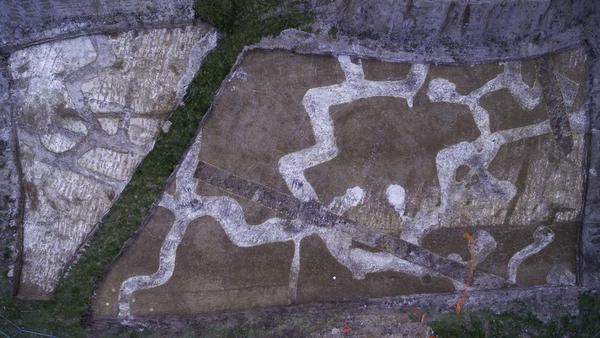
Image captured by Rob Rawcliffe of FIDES Flare Media Ltd.
In the process of excavation, archaeologists have identified graffiti left by some of the soldiers and have identified records of the presence of others through archived documents. Soldiers from all over Britain wrote on the chalk as well as a significant number of Australians. They left signatures and details which have allowed us to identify some of the soldiers, research some of their stories, and on some occasions – contact their descendants.
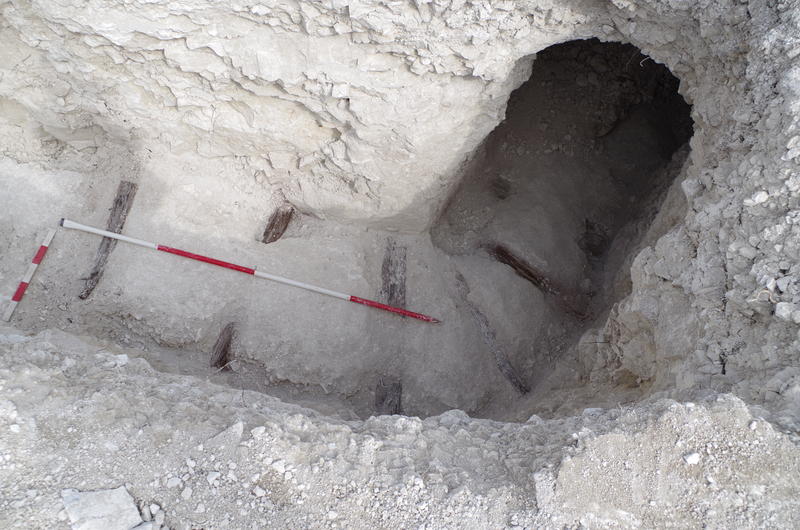
Most exciting was the discovery of a chalk plaque inscribed with the names of Australian Bombers − soldiers specially trained to use hand grenades to attack and clear German trenches. One of the names is of Private Lawrence Carthage Weathers, who won the Victoria Cross in September 1918 for attacking a German machine gun post with grenades, capturing guns and taking 180 prisoners.
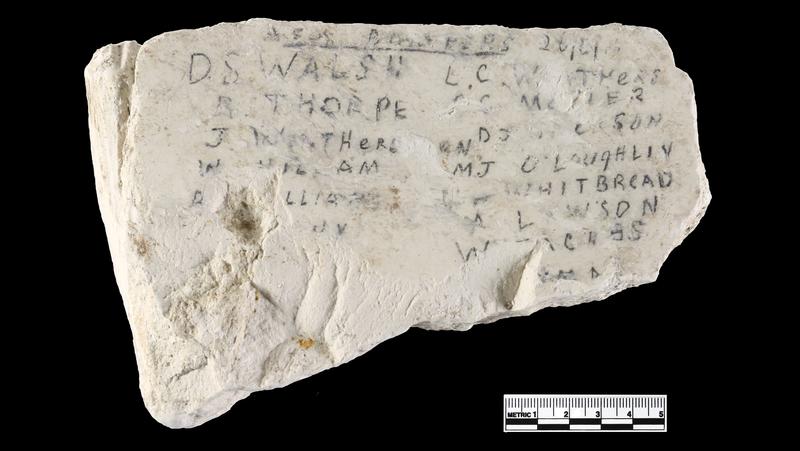
Under the guidance of our client (Martin Brown of WYG) we have recovered many finds from the trenches which provide a fascinating insight into life on the base. The diet of the soldiers included tinned sardines and corned beef, jam, marmalade and golden syrup, condensed milk, Bovril and meat paste, with condiments such as HP Sauce and Worcestershire Sauce to make things more palatable.
Many examples of the standard-issue eating and drinking equipment have been found – plates, bowls and cups in enameled tin or plain white pottery, mess tins and drinking canteens, plus the occasional surprise item such as a nest of jelly moulds.
